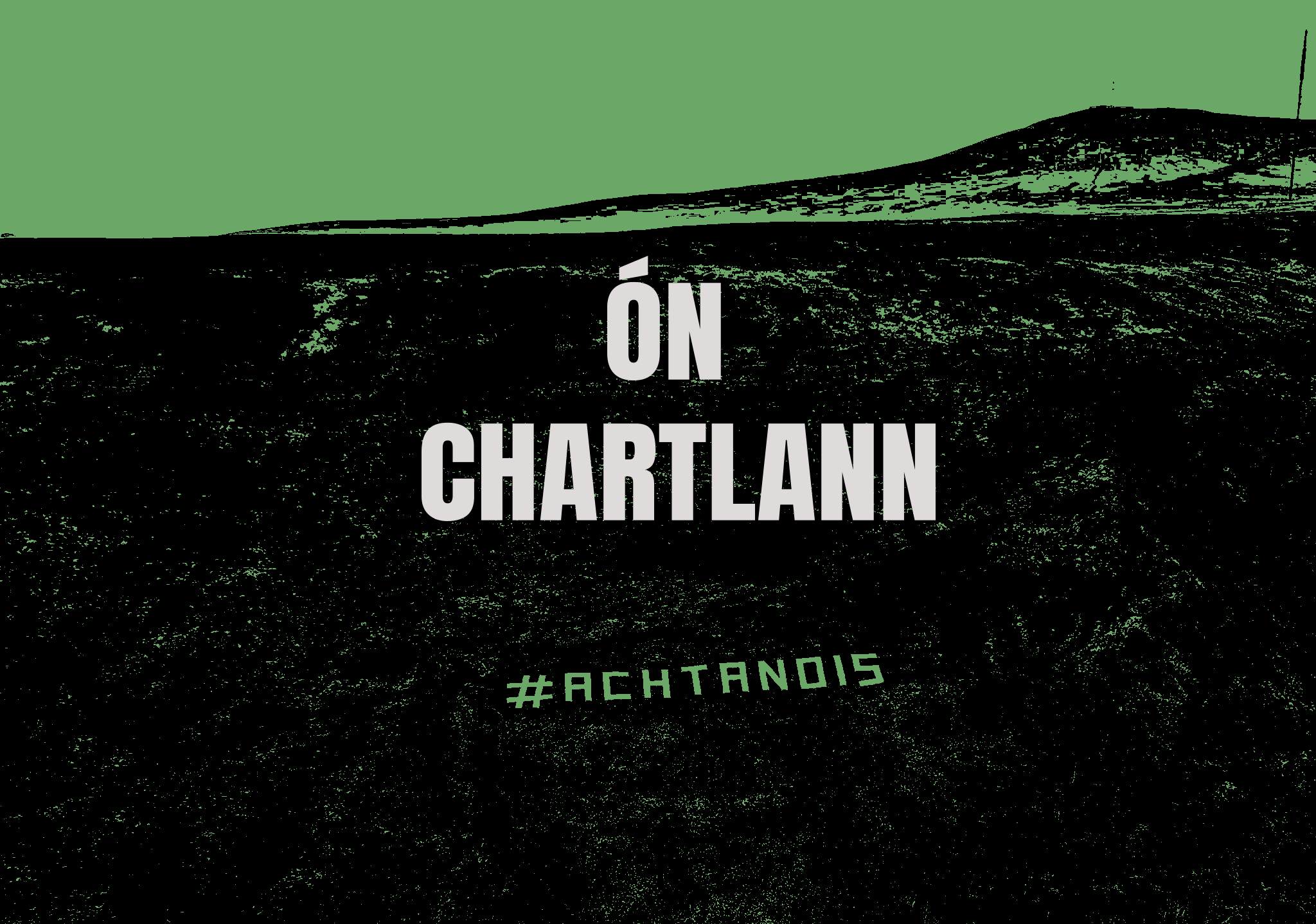An litir dhearg
Bí ar an eolas! Faigh ár nuachtlitir le bheith suas chun dáta leis na feachtais ar fad.

A bid for an Irish language street sign in a Newtownabbey street has been defeated — despite a majority of the residents who responded in favour of the move.
In a canvas of 67 residents of Cashelton Manor, Glengormley, just under half responded.
And 25 of the 34 who replied were in favour of a dual language sign.
But the bid still failed due to insufficient support in the community.
Antrim and Newtownabbey Borough Council’s Dual Language Street Sign Policy states that two thirds or more of all those canvassed must be in favour of the sign before the application can be brought before the council for a decision.
The result of the canvas will not allow any further applications to be considered by the council until February 2026.
However, the SDLP sought an amendment at a meeting of the local authority on Monday evening.
Dunsilly councillor Ryan Wilson pointed out the majority of residents who responded supported dual signage.
“A lot more people are indifferent and do not care either way. As the policy is now, those who are indifferent are preventing the majority of residents who did respond from getting that,” he said.
“We in the SDLP believe this policy needs significant reform.”
He proposed the application progresses to the next stage for approval. The proposed amendment was defeated in the chamber by 27 votes against and seven in favour.
Alliance councillor Billy Webb MBE asked: “When it becomes a council policy, can we go against the policy or formally rescind policy before it takes action?”
Chief executive Jacqui Dixon replied: “To go against policy would leave council open to challenge. This is the first time the policy has been tested.”
If a decision is approved by the authority to erect a street sign in a second language, a translation will have to be carried out by an independent body.
The second language sign is placed below the English in lettering the same size.
The Local Government (Miscellaneous Provisions) (NI) Order 1995 gives councils the power to erect dual language street signs or secondary nameplates in a language other than English.
In a statement after the meeting, Mr Wilson said: “It is clear that the council’s new Irish language signage policy will not deliver for local residents who want to see this signage erected in their area.
“The SDLP opposed this signage policy when it was brought before council and put on record our concerns that it would create a barrier to those seeking Irish language signs, but other parties backed it without concern for the negative impact it would have.
“In Cashelton Manor a majority of those responding to the council canvas indicated their preference to see Irish language signage erected, but this has been denied due to the new council policy which effectively counts those who don’t respond to the canvas as a no vote, making it extremely difficult to get the required majority.
“The SDLP believes we need to reform this policy so that a majority of respondents in favour can secure signage for their area.
“A majority of those interested enough to engage with the issue should be sufficient and I cannot understand why we have set the bar so much higher than other councils when it comes to these signs.
“If these rules do not change we will see residents disappointed time after time and I don’t think it’s right that council should be standing in the way of those who want to see these signs put in place.”
The issue first arose in February 2018 when the council received a request from Abbeyville Residents’ Association for five Irish language street signs which was turned down after councillors voted in favour of a policy retaining street signs in English only.
However, in September 2018, the council was forced to do a U-turn after being challenged in the High Court by a resident who sought a judicial review over a “deeply held concern that the policy adopted by the borough council was unlawful”.
According to the 2021 census, 6.52% of Antrim and Newtownabbey residents have some knowledge of Irish; 2.9% can speak, read, write and understand Irish and 1,164 residents can speak Irish.
Bí ar an eolas! Faigh ár nuachtlitir le bheith suas chun dáta leis na feachtais ar fad.